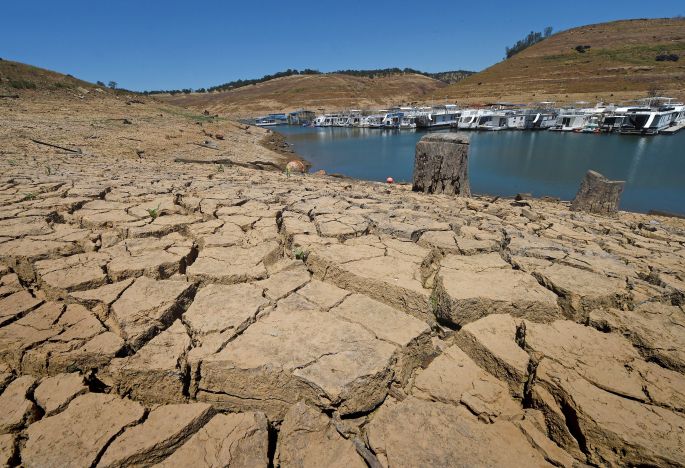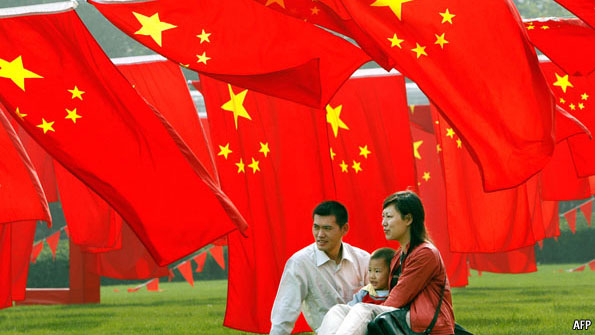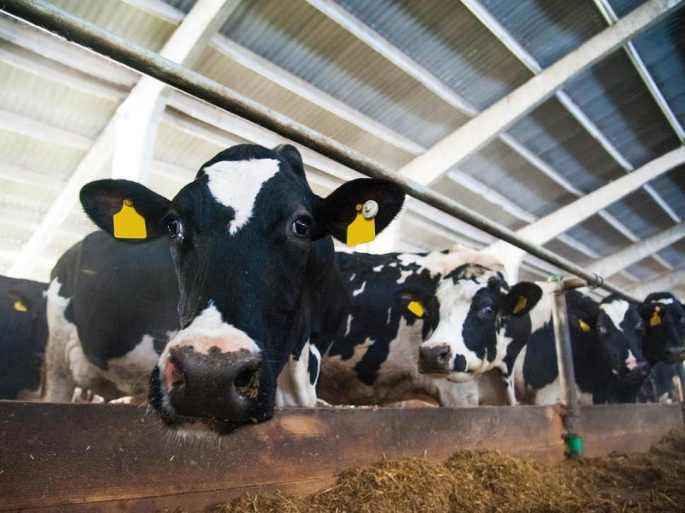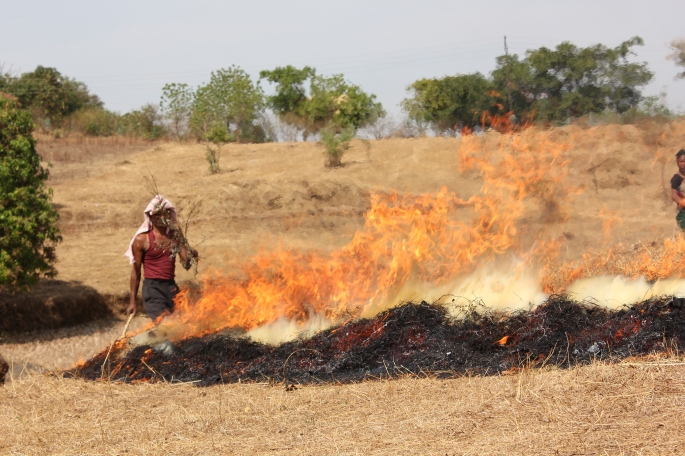Unless you’ve been living under a rock, you should know about the late great California drought that has been going on for the past few years. California has been undergoing a drought for the past few years because the snow caps that are usually formed during the winter time are not forming, the amount of water that is generated during summer is drastically less. This is due to a few reasons, for one, the amount of snow/rain that is occurring in winter is drastically lower than in normal years, and on top of that the temperature during winter has been skyrocketing and reaching new highs.
The effect of the lack of snow caps is causing the water reservoir to be lower than it should be forcing California to have to resort to utilizing their groundwater resources which is being depleted quickly. Not only that, but what many people fail to realize that the bulk of the water that is being taken from these reservoirs are not even being used for the people; in fact, the water from these reservoirs are being taken and used for agriculture and watering the greenery in the otherwise dead and desert-like areas of California.
However, what a lot of people seem to not pinpoint, is that California’s population has increased heavily. the overall population of California is close to 40 million now. That increase in population means that there needs to be more water now so people can drink, to bathe in, and even to use as wastewater. The population increase since the 1950s has been 30 million, which means there is so many more people to account for. Additionally, the people live in spread out areas towards the coast causing the water to be transported all around the state making the amount of water staying in reservoirs to be significantly lower. Additionally, the crops that are produced in California have to be increased in quantity to account for the immense population of people residing in California; not to mention that the crops grown in California are water intensive plants.
Maybe California’s drought issue brings forth an underlying issue that people seem to forgo: the concentration of people residing in this state is the real reason why the water shortage is as big of a deal as it is and the climate change may not be the biggest issue at hand.











